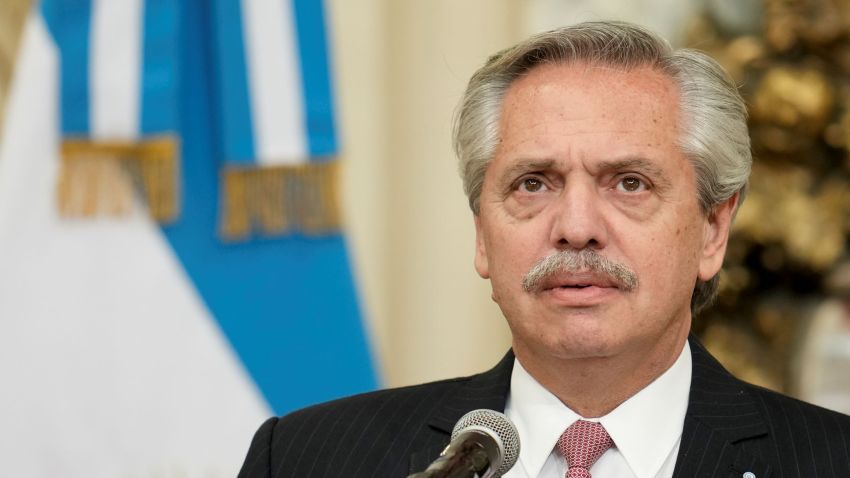Five years ago, in June 2017, Argentina sold $2.75 billion in 100-year bonds at slightly more than 7 percent interest. Each purchase was an absurd act of irrational optimism by investors who were willfully ignoring the fact that Argentina had defaulted on its debt eight times in the previous 200 years, and had just finished a 15-year battle over its previous default.
About two years later, in August 2019, the century bonds crashed when Alberto Fernandez, then a presidential candidate for the center-left party Everyone’s Front, won the primary elections with surprisingly strong support. It became apparent that, through him, the diverse Peronist coalition would return to power, with its figurehead, former President Cristina Fernandez de Kirchner—no relation to Alberto—serving as vice president. Alberto Fernandez went on to win election, and the bonds were then restructured in August 2020 at around 55 cents on the dollar, to be paid back in 20-30 years instead of 100. The promise of a 100-year bond barely made it three years.
Argentina is a country of boom-bust cycles. That bond sale in 2017 was the peak of a boom, after which Argentina tipped into a downfall that continues as of this writing. Instead of benefiting from today’s high commodity prices, a recent Financial Times editorial wrote, “Argentina is instead lurching towards one of its periodic collapses.” At the start of the year, the dolar blue—the term for pesos exchanged for U.S. dollars on the black market to avoid Argentina’s currency restrictions—traded at around 200 to 1. Now, the rate exceeds 300 pesos to the dollar, a 50 percent devaluation in just eight months, with most of that devaluation occurring in July. The expectation is that the country will end the year with an inflation rate well over 70 percent. And those restructured bonds from 2020 are at risk of default yet again.

